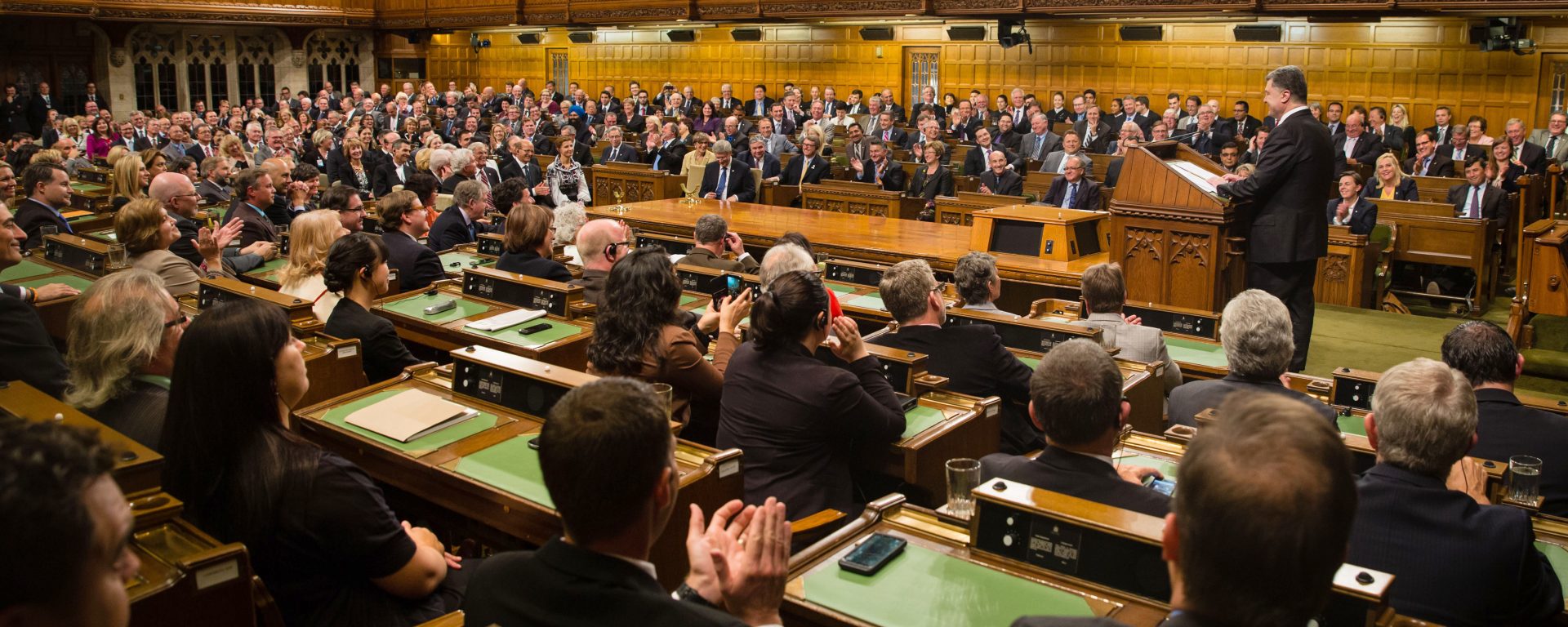In Hameed v. Canada 2024 FC 242 the Federal Court has declared that there is a constitutional convention that the Federal Executive is required to make judicial appointments on a timely basis and within a “reasonable time of the vacancy.” In yet another cry of alarm Justice Henry Brown observes that treading water in making appointments fails not only those who depend on them to make timely appointments but “[a]lso failed are all those who have unsuccessfully sought timely justice in the Superior Courts and Federal Courts across Canada.”
The decision is based on letters to the Prime Minister from the Chief Justice and the Canadian Judicial Council which have for many years been asking that the government keep up with the need to replace retiring judges. The letters point out the growth in case delays, including the example that 20% of criminal cases in Alberta already exceed the 30 month constitutional limit imposed by Jordan. The letters also highlight the adverse consequences for judicial overload and stress, difficulties recruiting new judges and the knock on effects of exacerbating delays by requiring judges to dedicate their hearing capacity at the cost of writing judgments.
The decision raises important issues respecting justiciability and broader questions as to the place of judicial capacity in delivering timely justice.
The premise for the recognition of a constitutional convention is the observation that while appointments are made by the Governor in Council the power to do so has long been effectively transferred to the Cabinet and the Prime Minister. The court rejected Canada’s argument that the power to appoint judges is not justiciable. Parliament’s recognition of judicial compliments in each Court was endorsed as an implied judgment of the need for appointments to fill the statutory compliment.
Although the case for keeping up with judicial appointments is compelling, the formality and artificiality of discussions about judicial appointments is notable. The judge repeatedly observes that no justification was offered for the delay in appointments. Is it the case that the chronic shortfall in appointments is simply the product of inattention by several Attorneys from both major parties? We are left to speculate.
The conversation bristles with assumptions about the nature of judging and the relationship between judicial work and timely justice. The Hameed decision is premised on the assumption that judicial compliments reflect a reasoned conclusion as to the demand for judicial capacity, when that is not at all obvious. Similarly, however justified is the conclusion that the judiciary is overworked and overstressed by the volume of work, the absence of any discussion of improving judicial administration or other possible reforms to help the judicial branch discharge its duties is frustrating. To some degree these frustrations are self-imposed by the self-defined scope of judicial independence, and the difficulty of implementing reforms across the three branches of government.
Is there a downside to recognising a constitutional convention concerning judicial appointments? If this spurs something more than making more judicial appointments it will prove constructive. On the other hand if this contributes to a sense that judicial capacity is the central need rather than more systemic reform it may prove unhelpful. There is little doubt justice budgets would look different if they were determined only by participants, but there must be reasons for the long-running debates over appropriate compensation and appointments.
For many years those who have looked at improving the justice system have looked outside the courts for remedies, and the result has been a gradual but steady erosion of jurisdiction. It is important to understand that the executive will always control spending and infrastructure and so collaboration with other parts of the justice system is not a luxury, or a virtue but a necessity. How do we achieve collaboration where there are no shared measures of judicial productivity and where reforms struggle with transparency? Protecting the vitality of the judicial branch of government is important but results suggest that we are succeeding more in form than substance. The trend is to relegating courts to their constitutionally guaranteed role as arbiters between citizens and the state but seeing them shrivel away from the role of adjudicating optional or private disputes.
In my experience policy makers point time and again to concerns over productivity, efficient process and responsiveness to user concerns as the basis for electing alternatives to the courts. Judges on the other hand are concerned that the loss of judicial independence would imperil institutional integrity and risk becoming hostage to political direction. Bridging this divide will be critical to preserving our law-based order.
